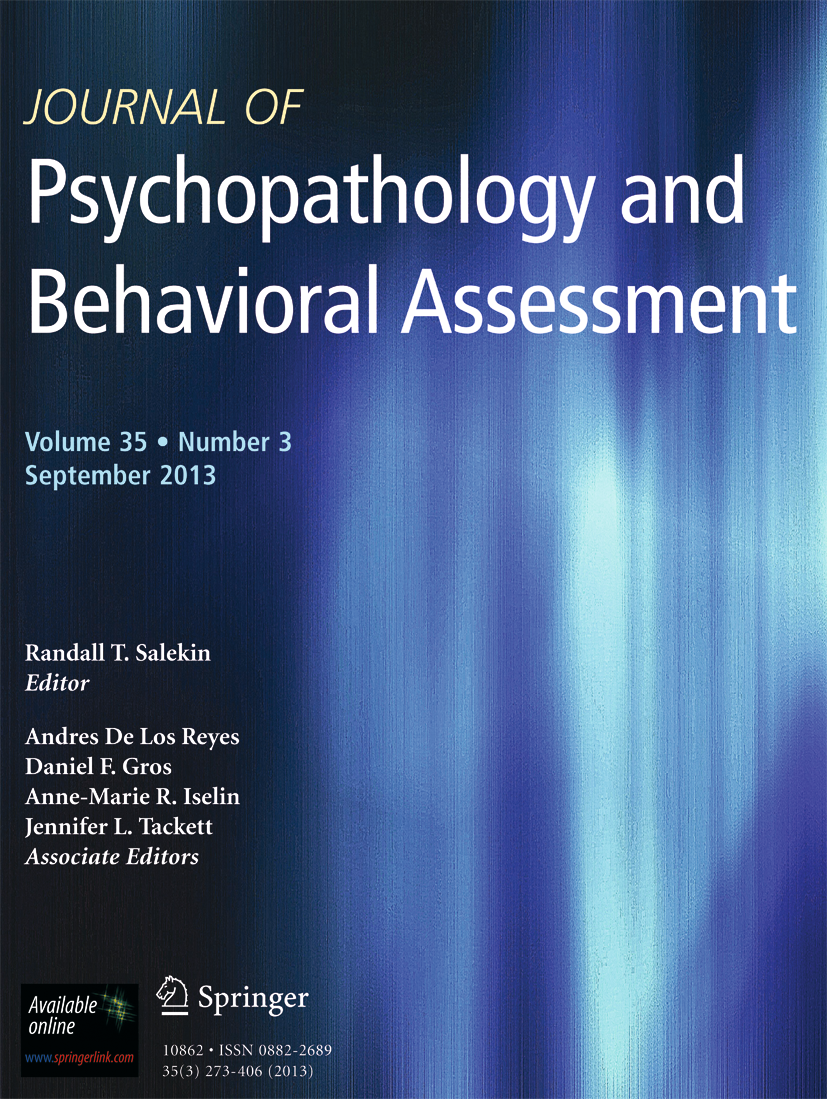
Introductie: wat gaat u doen?

Om een e-learning aan te kunnen schaffen, moet u ingelogd zijn.
Een systematische, narratieve overzichtsstudie
In deze e-learning leert u over het concept 'maligne narcisme' zoals beschreven door Kernberg inclusief de introductie in de DSM-5. Na het volgen van deze module bent u in staat om het concept maligne te plaatsen ten opzichte van andere diagnoses en concepten op het spectrum van destructief persoonlijkheidsfunctioneren.
psychotherapeuten, psychiaters

Malignant narcissism describes a personality disorder that encompasses five core components: narcissism, psychopathy, sadism, paranoia, and aggressiveness. Despite the extensive theoretical and clinical literature on malignant narcissism and its recent momentum in the popular discourse, there is a dearth of empirical evidence on the syndrome. The objective of the current research is to document the associations between malignant narcissism, the Dark Tetrad (Machiavellianism, narcissism, psychopathy, sadism), and paranoia using a scoring procedure for malignant narcissism based on Personality Inventory for DSM-5 facets. A comparative approach was followed, using two types of relative importance analyses—general dominance analysis and relative weight analysis—to determine the nature of the core psychopathological features of malignant narcissism. The French-Canadian version of the Revised Green et al., Paranoid Thoughts Scale was used and had to be validated prior to relative importance analyses, and showed strong psychometric properties. Results from a nonclinical sample (N = 1151) globally indicate that malignant narcissism is more strongly associated with Machiavellianism and psychopathy, followed by narcissism, and then by sadism and ideas of reference, confirming that malignant narcissism is mainly an antagonistic psychopathology. The conceptual and clinical implications of this finding are discussed.
Bezoek








